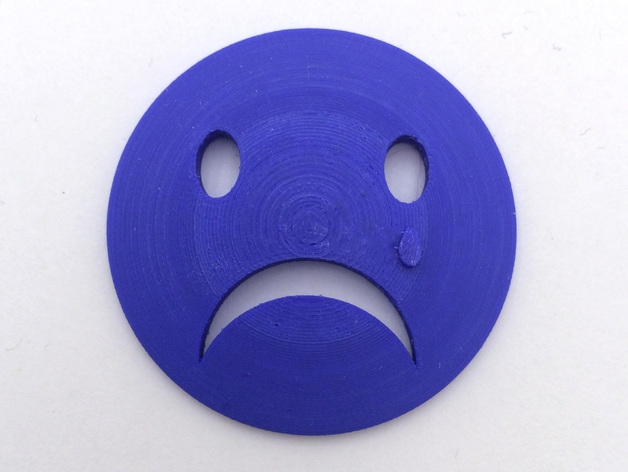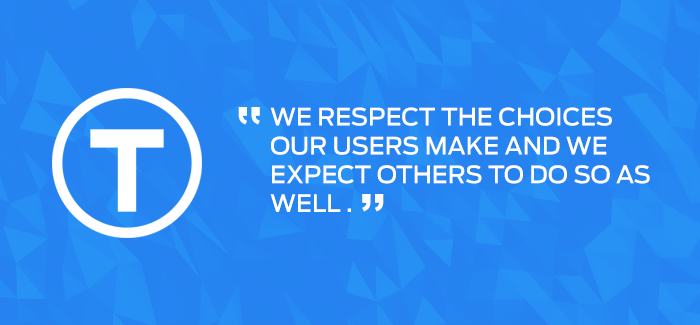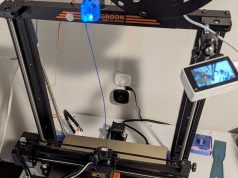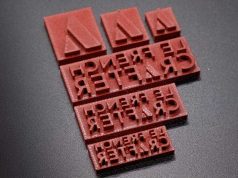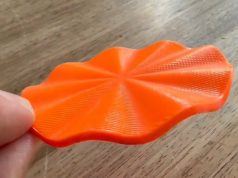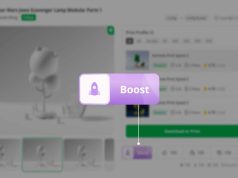What do you do if you find out that someone is selling your 3D designs from Thingiverse for profit?
20th February 2016 – Louise Driggers from Texas found a seller on ebay that not even sells 3D prints from lots (more than 2.000) of designs from Thingiverse but also uses all pictures to promote his services.
To make this public she designed a Thingiverse with the title: Sad Face! IMPORTANT NOTICE!
In the summary section of the design she told her story and also posted the reply of the ebay seller she got back after politely question his doings. Here is the reply:
“When you uploaded your items onto Thingiverse for mass distribution, you lost all rights to them whatsoever. They entered what is known in the legal world as “public domain”.
The single exception to public domain rules are “original works of art”.
No court in the USA has yet ruled a CAD model an original work or art.
Therefore, you have no right to exclude others from utilizing the CAD models you have uploaded.
Furthermore, if in the future we do get a precedent in the USA for establishing CAD models as “original works of art”, we would still likely be just fine as we are not re-selling your CAD models, but rather “transformative” adaptions of them in the form of 3D printed objects.SFE
P.S. When you created these CAD files, did you really want to limit the amount of people who could enjoy them to the 0.01% of the USA with a 3D Printer? 100% of America can purchase the items from us at a reasonable cost and enjoy them-creating made in the USA jobs in the process as well. Furthermore, if you hate the idea of people profiteering from your work, you may want to take it up with Makerbot/Stratasys who only hosts Thingiverse for AD revenue, to sell more 3D printers.”
So is the seller right? No definitely not. And by the way very rude.
He mentioned the public domain which the designs from Louise and many other fell after posting them on Thingiverse. But as a designer you can choose how you licence your original work on Thingiverse. The platform utilises, as many other platforms, the free tools and standardisations from Creative Commons. This NGO´s work targets the modern copyright issues by providing standards which anybody can use.
For example the Aria the Dragon design was licensed under Attribution – Non-Commercial – No Derivatives. So any use for commercial use is prohibited and further you are not allowed to make changes to the design and sell them afterwards.
A more difficult question to answer is how Louise should respond to this actions. If she takes this case to the court it will cost a lot of money maybe to much for makers like us. So lets hope that Thingiverse will protect the rights of their users where they can’t.
By the way the Sad Face is not licensed under Non-Commercial. So I guess the ebay guy can sell at least this design assumed he gives appropriate credit to Louise.
25th February 2016 – Update: MakerBot reacts to these violations
Yesterday MakerBot responded with a blog entry to address this issue publicly. The post states that they are aware of the issue and are investigating the exact circumstances.
While we are still investigating the exact circumstances, we want to emphasize that MakerBot views violations of our community members’ rights with the utmost seriousness. We firmly oppose this kind of use of our talented community’s creations. To put it simply, we see such violations as a direct attack on the very goal of Thingiverse and the Creative Commons (CC) framework. Because there has been some misinformation being disseminated as part of the discussion, we wanted to take this opportunity to clarify how Thingiverse works and the rights that you as Thingiverse users have when using our platform.
MakerBot also states that they build Thingiverse as a platform for creators to share their work under the terms the creator chooses. Also the things MakerBot can do are limited because they are not owning the “stolen” data. But they encourage everybody to contact the platform which is used to distribute the works to illegally profit from them, in that case eBay, to take down the pirated works.
Another interesting response comes from Michael Weinberg, the President of the Open Source Hardware Association, on his blog, where he addresses every point the pirate eBay seller wrongly made from a legal standpoint.
1th March 2016 – Update: MyMiniFactory and Cults react to Louise´s case
The 3D model platforms, MyMiniFactory and Cults, reacted to the the incident of stolen Designs from Thingiverse.
Cults sent an email newsletter to all registered users explaining their sympathy and understanding for the designers. Also, they outlined their efforts in finding designs, from Cult users, on the internet which are used without the permission of the creators and preventing their use. A difference between Cults and Thingiverse is the fact, that you only can download files from Cults, when you are a registered user. As such a registered user you have to accept the terms and conditions from Cults.
MyMiniFactory is also fighting for the rights of their users. To help them make things easier, the company announced a new feature for easily labelling 3D models with your username and a short link to the object. The blog post states:
Our users now have the option to stamp their designs with their MyMiniFactory username and shortened link to the object page, meaning that regardless of who 3D prints their creations, their printed objects will be “signed” and attribution will be maintained. This ties into our ongoing commitment to openness and independence, while at the same time giving our designers peace of mind that sharing their work publicly does not mean that they are relinquishing ownership.
Subscribe to our Newsletter
3DPResso is a weekly newsletter that links to the most exciting global stories from the 3D printing and additive manufacturing industry.



